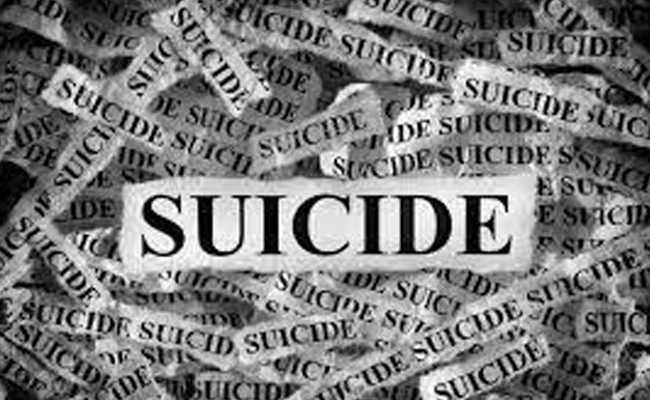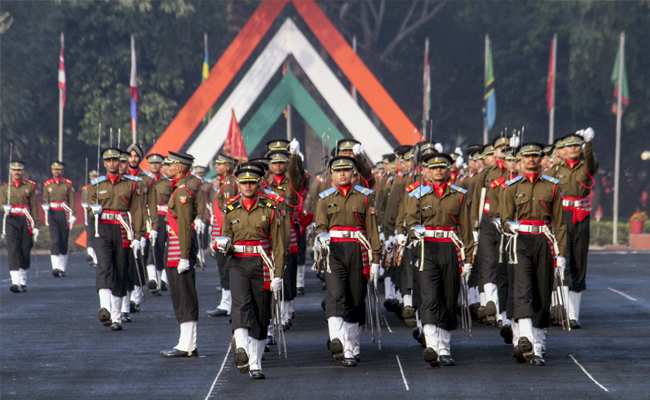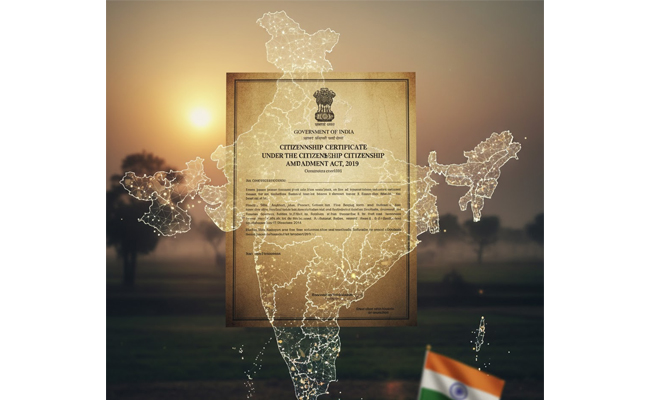New Delhi, May 13 (PTI): Retail inflation eased to a nearly six-year low of 3.16 per cent in April mainly due to subdued prices of vegetables, fruits, pulses, and other protein-rich items, creating enough room for the Reserve Bank to go for another round of rate cut in the June monetary policy review.
The Consumer Price Index (CPI) based inflation was 3.34 per cent in March and 4.83 per cent in April 2024. It was 3.15 per cent in July 2019.
NSO data showed a sharp decline of 91 basis points in food inflation in April 2025 in comparison to March 2025. The food inflation in April 2025 is the lowest since October 2021.
Food inflation in April was 1.78 per cent, lower than 2.69 per cent in the preceding month and 8.7 per cent in the year-ago month, showed data released by the National Statistics Office (NSO) on Tuesday.
The Reserve Bank, which has been mandated to ensure inflation remains at 4 per cent with a margin of 2 per cent on either side, has slashed the key interest rate by 50 basis points in two tranches (February and April) as the price situation improved.
The central bank has projected the CPI inflation for the financial year 2025-26 at 4 per cent, with Q1 at 3.6 per cent; Q2 at 3.9 per cent; Q3 at 3.8 per cent; and Q4 at 4.4 per cent.
"The significant decline in headline inflation and food inflation during the month of April 2025 is mainly attributed to decline in inflation of vegetables, pulses and products, fruits, meat and fish, personal care and effects and cereals and products," NSO said.
There was a deflation in potato (12.7 per cent), tomato (33.21 per cent), chicken (6.78 per cent) arhar (14.27 per cent), and jeera (20.79 per cent) during April on annual basis.
During April, inflation in mustard oil was at 19.6 per cent, refined oil (sunflower, soyabean) at 23.75 per cent, apple at 17 per cent, and onion at 2.94 per cent.
The rural inflation was at 2.92 per cent in April 2025 compared to 3.25 per cent in the preceding month 2025.
Urban inflation declined marginally from 3.43 per cent in March 2025 to 3.36 per cent in April.
According to the data, the highest inflation was in Kerala at 5.94 per cent while the lowest was in Telangana at 1.26 per cent.
Commenting on inflation data, Aditi Nayar, Chief Economist, ICRA Limited, said that average inflation is at 3.5 per cent in FY2026, with the prints for Q2 and Q3 sharply trailing the RBI's Monetary Policy Committee (MPC) projections for these quarters, allowing for an additional 75 bps of rate cuts in this calendar year.
"A 25 bps rate cut appears forthcoming in the June 2025 policy, followed by easing of 25 bps each in the August and October 2025 policy reviews.
"If the GDP growth print for Q4 FY2025 does not report an acceleration from the 6.2% seen for Q3 FY2025, the MPC may consider frontloading the rate easing, with a 50 bps cut in the upcoming review," Nayar said.
Year-on-year fuel and light inflation rate for April was 2.92 per cent as against 1.42 per cent in March.
Inflation in 'Transport and Communication' segment was higher at 3.73 per cent in April compared to 3.36 per cent in March.
Paras Jasrai, Associate Director at India Ratings and Research said the latest data points to a low inflation intensity as this was the third successive month where inflation has been lower than the target of 4 per cent.
"We expect the RBI to opt in for a 25 bp cut in policy rates in view of the fragile global economic and geopolitical environment in the June 2025 monetary policy review. The cumulative rate cut in FY26 would depend on the pace of decline in inflation and evolving inflation-growth dynamics," Jasrai said.
The price data are collected from selected 1,114 urban markets and 1,181 villages covering all states/UTs by field staff of NSO, Ministry of Statistics and Programme Implementation (MoSPI).
Let the Truth be known. If you read VB and like VB, please be a VB Supporter and Help us deliver the Truth to one and all.
New Delhi (PTI): Three members of a family were found dead inside their home in southeast Delhi's Kalkaji on Friday, with police suspecting it to be a case of suicide, officials said.
Police said the incident came to light around 2.47 pm when a police team reached the premises to execute a court order related to possession of the property. When repeated knocks went unanswered, the staff used a duplicate key to open the door.
Inside, officers found Anuradha Kapoor (52) and her sons, Ashish Kapoor (32) and Chaitanya Kapoor (27), hanging from the ceiling, Deputy Commissioner of Police (Southeast) Hemant Tiwari said in a statement. All three were declared dead.
A handwritten note was recovered from the room, suggesting the family had been struggling with depression.
"The handwritten note indicates emotional distress faced by the family due to which the family may have taken the extreme step," the officer said.
The bodies have been shifted to the All India Institute of Medical Sciences (AIIMS) mortuary for post-mortem and other legal formalities under Section 194 of the Bharatiya Nagarik Suraksha Sanhita (BNSS), police said.
Residents of the neighbourhood said they were shocked to learn about the deaths, adding that the family kept largely to themselves.
Pankaj Kashyap, a resident of Girinagar, said he learnt about the deaths while leaving for work. "I live and work here and was leaving for work when I saw many people standing outside and talking. That is how I got to know that three people had committed suicide. I also saw several police vehicles outside, but I do not know much beyond that," he said.
Baldev, another neighbour, said the family had been living in the newly constructed house for around two years. "We only knew that a mother and her two children lived there. They had moved into the newly built house around two years ago. We did not interact much with them. Today we heard that all three have committed suicide, and whatever we know is based on what people here are saying," he said.
Another neighbour, Ramesh Kumar, claimed the family had earlier attempted suicide.
"About fifteen to twenty days ago, the two sons in the family had attempted suicide and police and ambulances had come. That was when I first got to know who they were. I do not recognise them by face, but we saw the ambulances and police take the two sons that day. Today again we saw ambulances and police arriving, so everyone came out to see what had happened. I do not know how long they had been living here, but this is all we know," he said.
Police said they are examining the family's financial condition, social circumstances, and other factors that may have contributed to the incident. Further investigation is underway.





